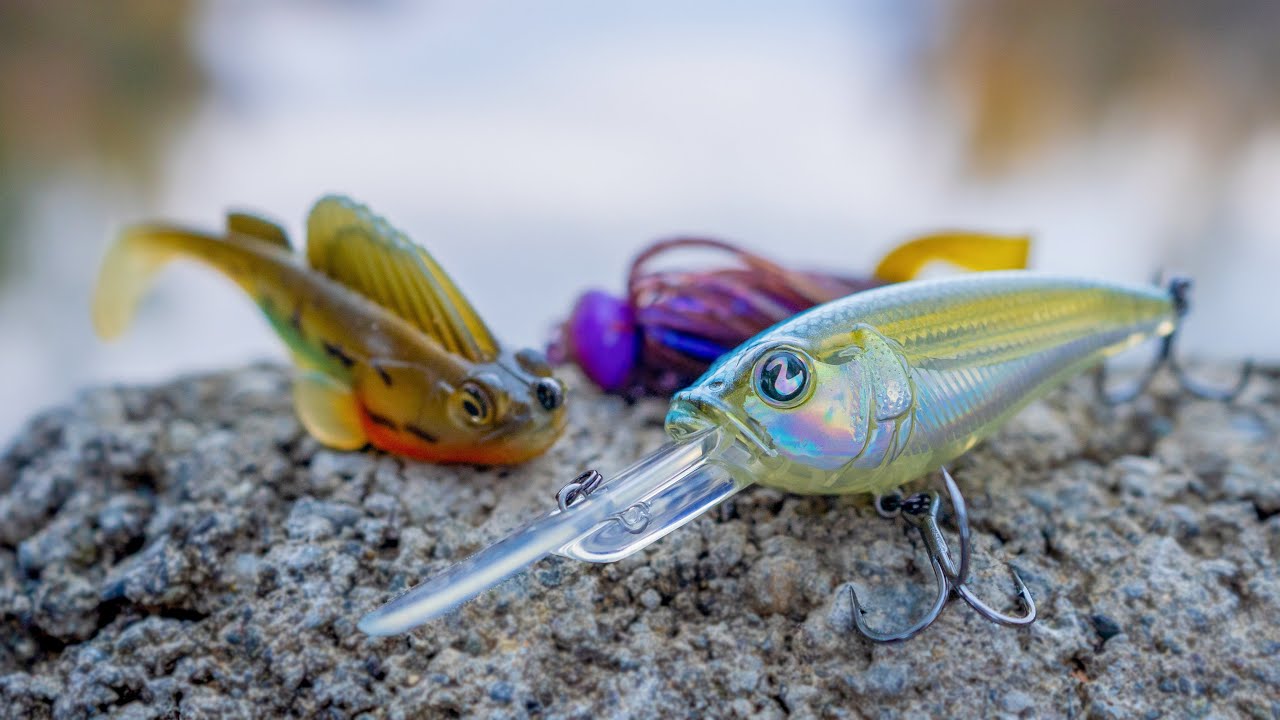Catching Largemouth Bass in Cold Weather, a Guide to Proven Methods
Slow winter bass fishing has caused most Texas anglers to wait for spring. If approached with the correct techniques, winter can be a great time to catch largemouth.
Largemouth bass are cold-blooded and when cold fronts settle in during winter months, water temperatures drop, causing the body temperatures of bass to drop. This slows their metabolism and heart rates. When the water reaches temperatures below 50° F, largemouth bass will conserve calories by feeding on easy meals and only needs to consume a 2-inch shad once every 14 days to survive. Although the bass is less active, they are still feeding.
Regardless of the weather, understanding how the cold temperatures affect largemouth habits can help anglers prepare for a successful day of bass fishing. With the decreased level of activity, changes in location techniques, lure choice, and retrieve, can drastically improve an angler’s chances of filling up the livewell during cold weather.
Choosing Productive Waters
The first step to consistently reeling in largemouth bass during winter months is selecting the right body of water to fish in. Oklahoma is full of lakes, but anglers braving the frigid temperatures from late December to late February will increase their odds of catching fish if they focus on larger bodies of water. Ponds and other shallow waters are less productive during cold months because they tend to be suffused with colder water temperatures at every depth, making the bass-less active than in larger bodies of water, where deeper water holds warmer temperatures.
The advantage of fishing in a larger body of water is the large variation in water depth and the greater diversity of habitat and prey species. When choosing a fishing ground, attention should be paid to water depth. Anglers should focus on areas that contain creek channels and coves holding a diverse range of habitats. When investigating, look for spots with multiple points and shallow ledges that drop-off into deeper water. Within spots such as this, look for any differentiation in cover. The smallest changes in bottom topography can attract bass. Areas such as this make an ideal starting place for winter largemouth fishing.
Using a Jigging Spoon
If there are lots of baitfish on the finder, it is best, to begin with, the jigging spoon. A large silver jigging spoon is most productive for winter bass feeding on shad. A metallic silver spoon is most productive in water that is clear to stained. It provides a convincing flash imitating a wounded shad falling to the lazy bass looking for an easy meal. If the water is murky with low visibility sometimes a white spoon works better to trigger a bite. The key to fishing with a jigging spoon is patience, because the bass are inactive they will exert the minimum amount of energy needed to catch prey. Begin by attaching a trailer hook to your spoon, this will ensure a good hook-set on lazy bass. The best hook for the job is a double hook. These are made by a variety of hook companies and work nicely as a trailer hook. Using the depth finder, it should be determined whether the bass are suspended or bottom feeding.
When fishing for suspended bass with a jigging spoon drop it straight down just below the school of bass and pause. Allow the rod to do the work as you slowly bring the rod tip up a foot or two then drop it back down to its original placement. Repeat this slowly allowing the spoon to pause motionless at the lowered position. When largemouth hit this presentation, they will not always hit it with their characteristic ferocity. A bite may come in the form of a slight pressure or slack when raising or lowering the spoon. When in doubt if a fish is on the line, set the hook. Occasionally a bass that is only toying with the spoon will get caught beneath the lip by the double hook trailer.
When fishing for largemouth on the bottom the same patience is required. Drop the spoon until you feel the line go slack. Once the line is slack, reel until you can raise and lower the spoon so that there is minimal slack while on the bottom. When the spoon is lowered and hits bottom, allow it to sit for a moment before lightly twitching the spoon a few times. Following the twitching motion, allow the spoon to sit motionless for a few seconds, if there is no strike, raise it up slowly, pause briefly, then drop it back down and repeat the first steps. If the jigging spoon method does not work it may be time to switch to another presentation. Plastic baits such as tube jigs and worms can be fished the same way and can also be highly productive lures when fishing in cold weather. Good luck and happy fishing!

